Maintaining Accuracy Between Calibrations: Tips for Peak Performance
Whether you’re meticulously weighing ingredients in a laboratory, or overseeing industrial processes, the reliability of your measurement equipment is paramount. While regular calibration ensures accurate readings, there are practical steps you can take to maintain precision between calibrations and optimize your measurement devices. Let’s explore some actionable tips to achieve peak accuracy.
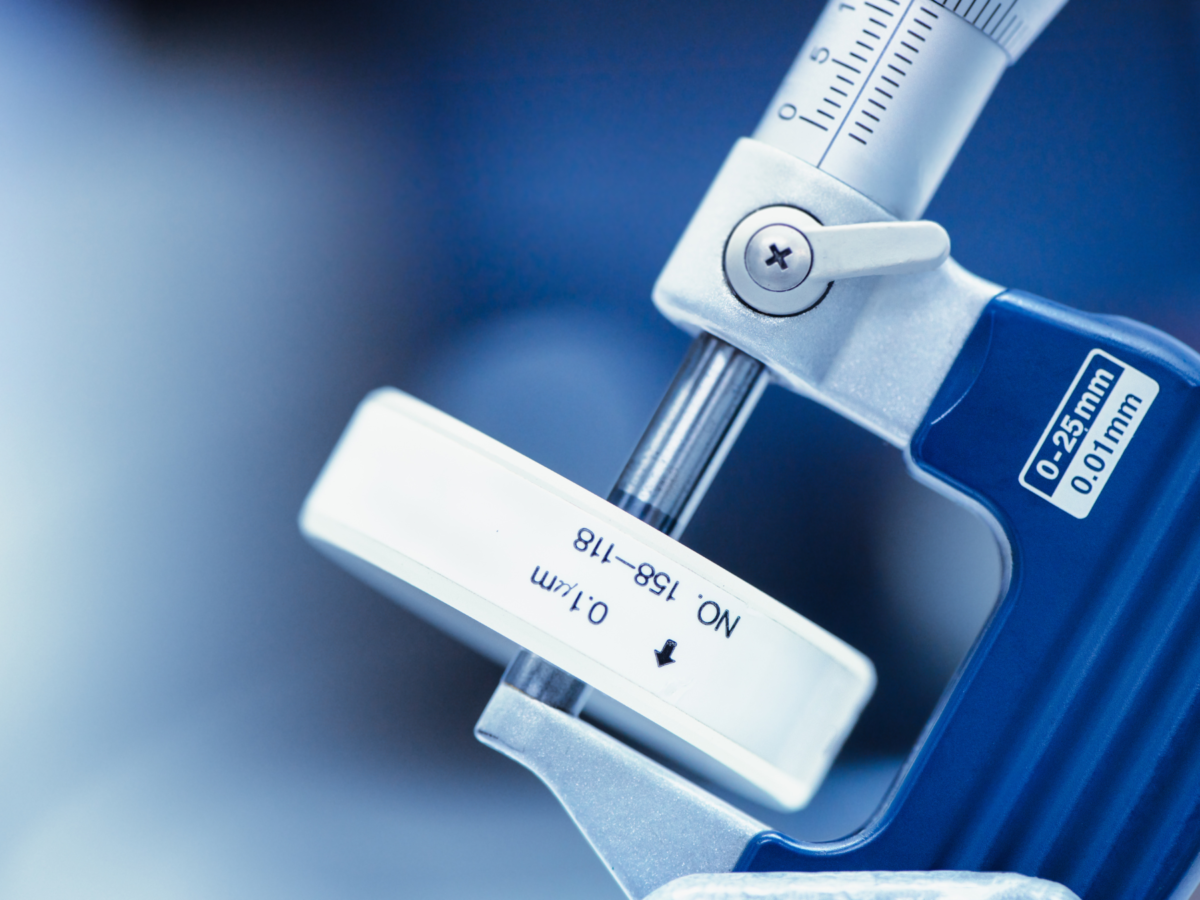

Handle with Care
Proper handling of your measurement equipment is critical for maintaining accuracy. Avoid rough treatment, sudden impacts, and equipment exposure to extreme temperatures, as any of these could harm internal components. Treat your equipment with care to ensure consistent and dependable performance.
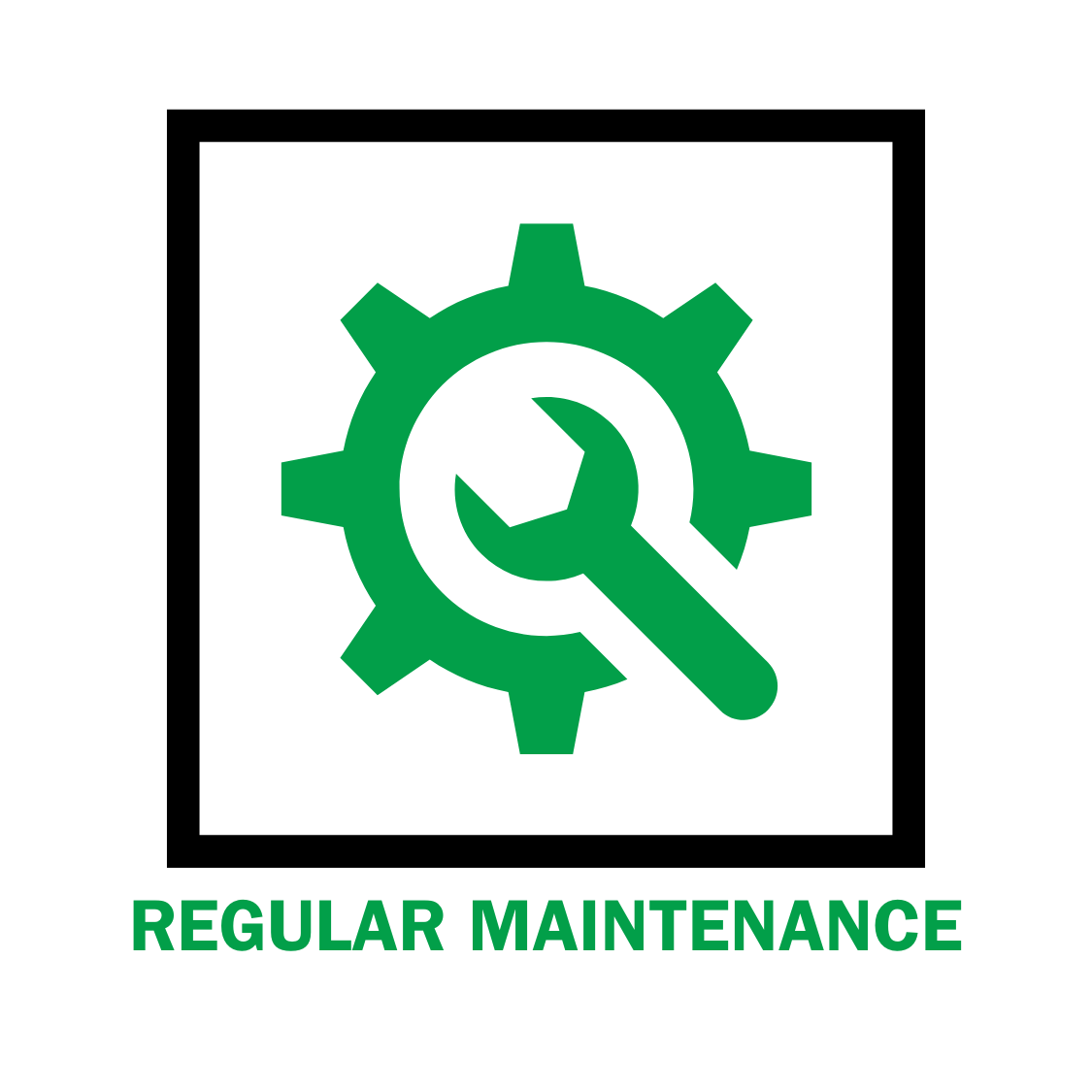
Regular Maintenance
Implementing a routine maintenance schedule could significantly extend the lifespan and accuracy of your measurement devices. Consider scheduling recurring tasks such as cleaning, lubricating moving parts (if applicable), and inspecting for signs of wear or damage at regular intervals. Address minor issues promptly to prevent them from affecting measurement accuracy over time.

Environmental Control
Environmental factors—such as temperature, humidity, and vibration—can impact measurement performance. Whenever feasible, create a stable operating environment for your equipment to minimize the impact of environmental factors on measurement readings. Avoid placing devices near heat sources or in areas with excessive vibrations, as these factors could contribute to inaccuracy.
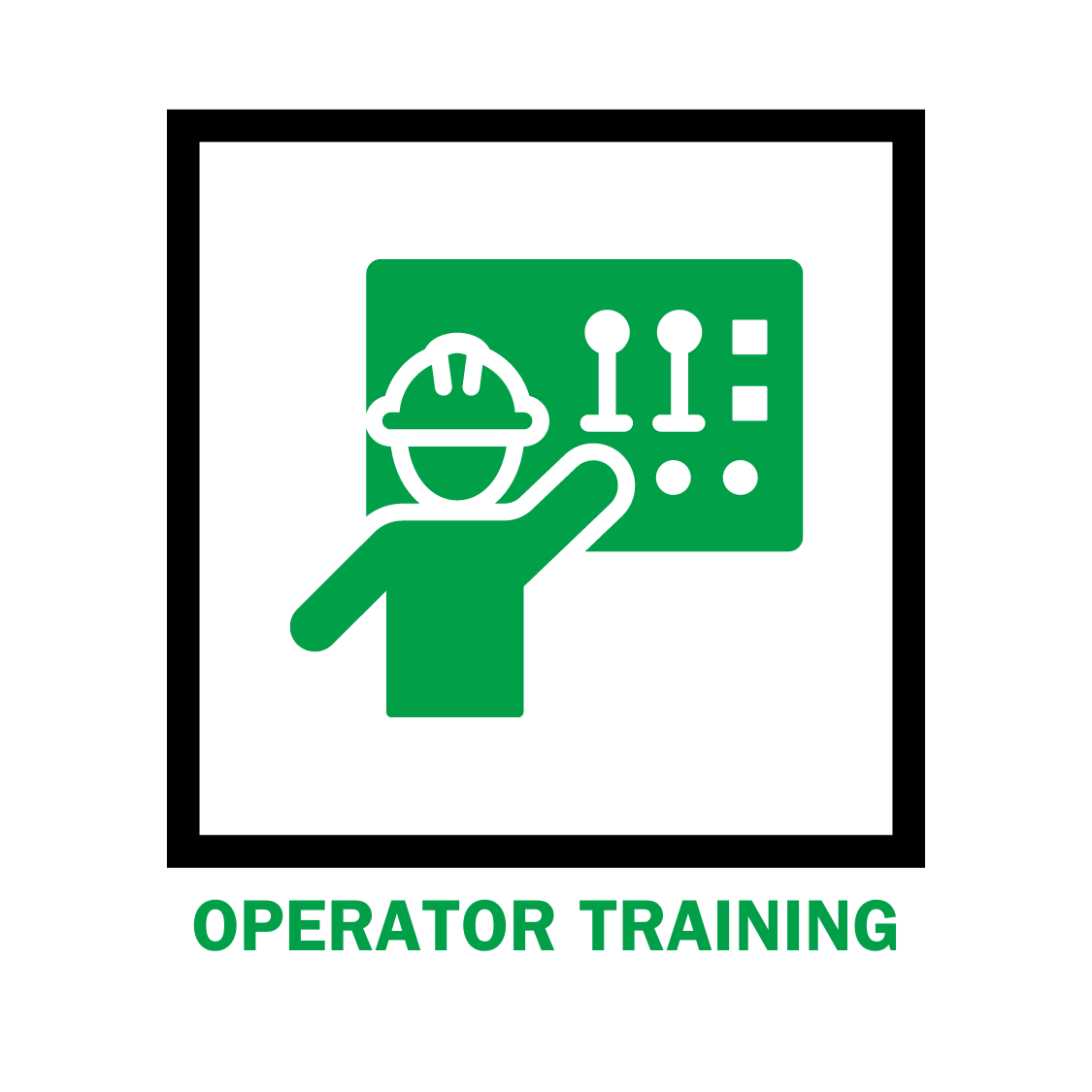
Operator Training
Well-trained operators are essential for accurate measurements. Educate your team on proper procedures for using and maintaining measurement equipment. Emphasize adherence to standard operating protocols and the importance of gentle handling. Regular training sessions reinforce best practices and enhance overall accuracy.
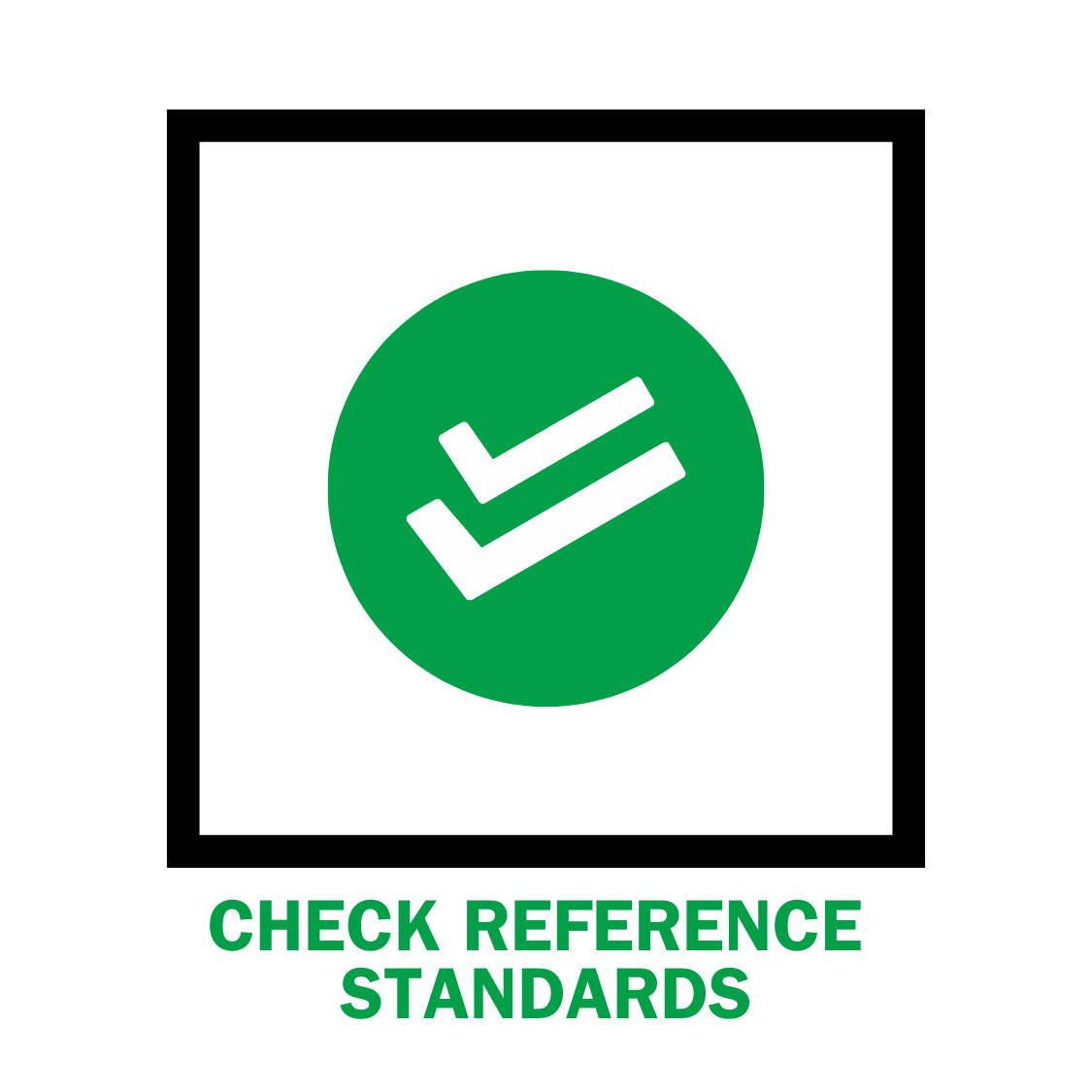
Check Reference Standards
Regularly compare the readings produced by your measurement instruments to a certified, traceable measurement standard. This helps catch any drift or deviations in measurements between calibrations. Certified measurement standards are traceable to the SI Units through a National Metrological Institute such as NIST. This means that the measurement standard has an unbroken chain of traceability, which helps the user ensure the accuracy of the reading, and the reliability of the verification process.
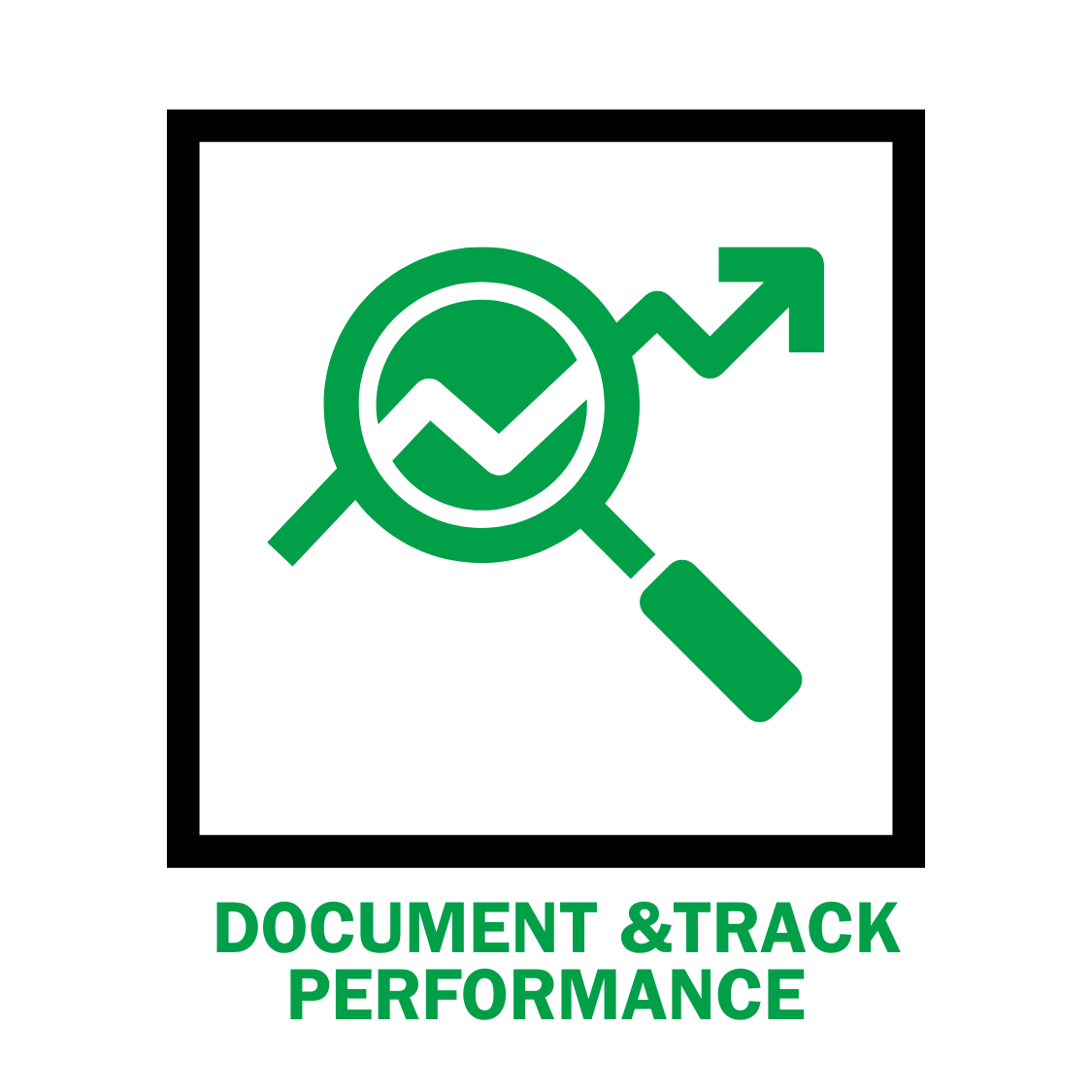
Document and Track Performance
Maintain meticulous records! Record calibration dates, adjustments made during the process, and any notable occurrences you encounter with your measurement equipment. Tracking device performance over time reveals trends or patterns that might signal the need for calibration, maintenance, or replacement. Consider using software or digital tools to streamline documentation and minimize human error to ensure accuracy.
While regular calibration is essential, these practical tips will help you ensure peak performance from your measurement gear between calibrations. Handle your equipment with care, stick to maintenance routines, control environmental factors, train your operators, verify against reference standards, and document performance. These practices will help ensure the reliability and accuracy of measurement readings produced by your equipment.
At Michelli Weighing & Measurement, we understand the importance of precision in measurement applications. Contact us if you have any questions about maintaining accuracy between calibrations or need assistance with calibration services. Our team of experts is dedicated to helping you achieve optimal performance from your measurement equipment.
Need Help Keeping Your Equipment at its Best?
Ensure peak accuracy in your measurement processes. Contact Michelli Weighing & Measurement today for expert advice and calibration services that keep your equipment performing at its best!
